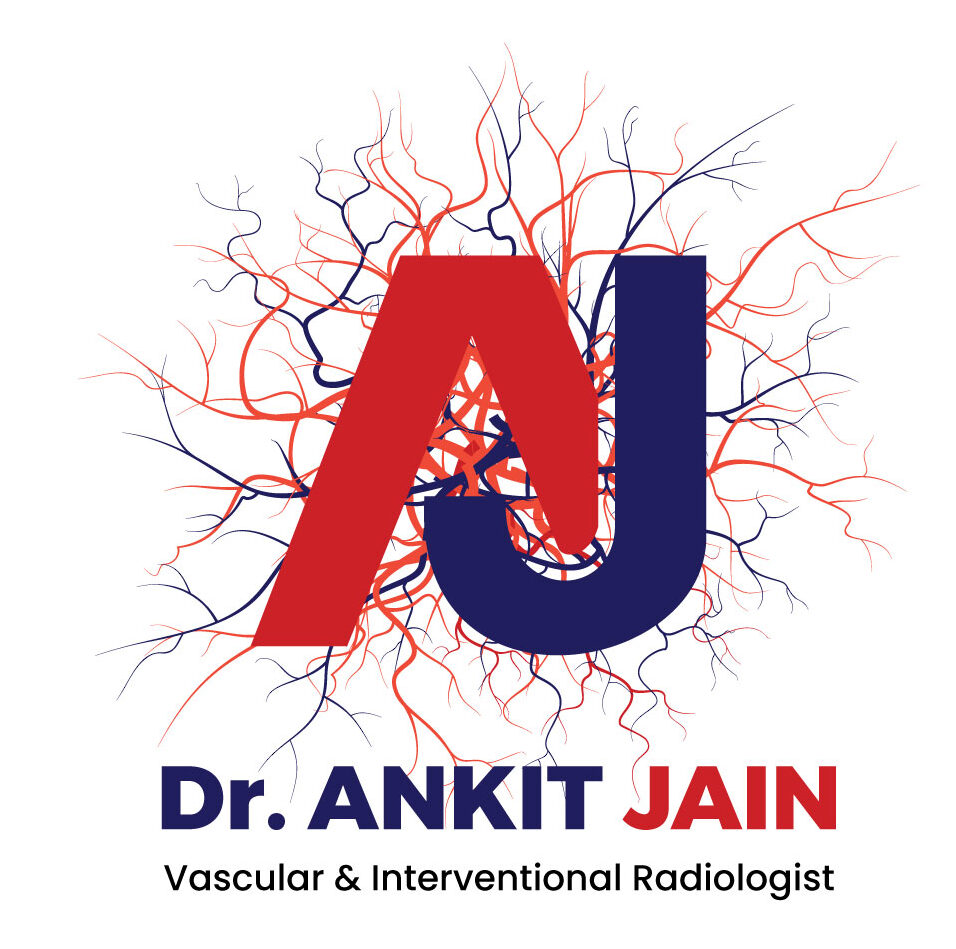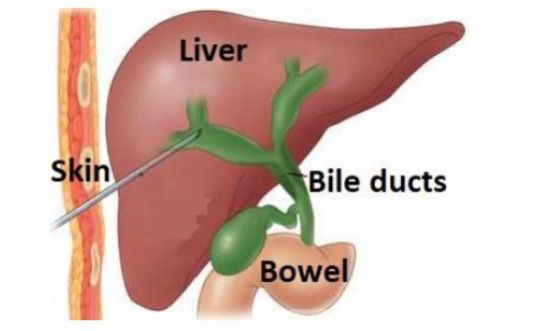What Does PTBD Stand For and What Is Its Primary Purpose?
When it comes to treating bile duct problems, doctors often recommend a specialized procedure called PTBD. But what exactly does PTBD mean, and why is it performed? In this blog, we’ll explain everything in simple, clear terms for readers who want to understand this important medical procedure. If you’re searching for the Best Percutaneous Transhepatic Biliary Drainage in Sector 71, Noida, this guide will help you grasp the purpose, benefits, and essential facts about PTBD.
For fast information, direct chat with us on WhatsApp.
What Is PTBD?
PTBD stands for Percutaneous Transhepatic Biliary Drainage. It is a minimally invasive procedure where a thin tube (catheter) is inserted through the skin into the liver to drain bile. The procedure is usually guided by imaging like ultrasound or X-ray.
Bile is a fluid made by the liver to help digest food. Sometimes, the bile ducts get blocked because of stones, tumors, or infections. When this happens, bile can’t drain properly, causing discomfort, jaundice, and other health issues. This is where PTBD becomes important.
When Is PTBD Recommended?
Doctors often suggest Percutaneous Transhepatic Biliary Drainage when the normal bile drainage is obstructed. It is typically performed when:
- There is a tumor blocking the bile duct
- A stone is stuck in the duct
- Infections cause the ducts to narrow
- Other treatments like endoscopy are not possible
For patients seeking relief from such conditions, finding the Best Percutaneous Transhepatic Biliary Drainage in Sector 71, Noida is crucial.
How Is PTBD Performed?
The procedure is usually done under local anesthesia. A radiologist uses imaging to guide a needle through the skin into the liver’s bile ducts. A contrast dye is injected to check the blockage. A catheter is then inserted to drain the bile, either into a bag outside the body or directly into the intestines.
At Dr. Ankit Jain’s clinic, the focus is on safety, comfort, and precision during every PTBD procedure.
What Are the Main Benefits of PTBD?
It is common for patients to inquire about the benefits of this procedure. Here are the main benefits:
- Minimally invasive: No large cuts or open surgery
- Quick symptom relief: Reduces jaundice and pain
- Effective for blocked ducts: Helps bile flow resume
- Low recovery time: Most patients return home within a day
- Safe for high-risk patients: Useful when surgery isn’t an option
For reliable results and expert care, choosing the Best Percutaneous Transhepatic Biliary Drainage in Sector 71, Noida can make a significant difference.
Key Facts About PTBD
Here are several key facts you should be aware of:
- PTBD is performed under imaging guidance
- It helps control infections caused by blocked bile ducts
- The tube may be left temporarily or permanently, depending on the case
- The procedure is commonly recommended for liver, pancreas, or gallbladder-related blockages
- The drainage can be both internal and external
At Dr. Ankit Jain’s clinic, patients are carefully monitored before and after PTBD to ensure the best outcomes.
What Are the Possible Effects After PTBD?
While PTBD is generally safe, some mild side effects may occur:
- Minor pain at the insertion site
- Temporary fever or chills
- Mild bleeding
- Risk of infection, although rare
These are typically managed with medications and follow-ups. Most patients experience quick recovery and relief from their symptoms.
Those looking for expert care should opt for the Best Percutaneous Transhepatic Biliary Drainage in Sector 71, Noida, where experienced specialists handle every case with precision.
Why Choose Percutaneous Transhepatic Biliary Drainage?
PTBD is often chosen over other procedures when:
- Endoscopic methods are not suitable
- The patient is too weak for surgery
- Quick, non-surgical relief is required
It provides an efficient, less risky option for many patients. It’s also effective for treating obstructive jaundice caused by advanced liver or gallbladder conditions.
To ensure the best results, patients are encouraged to consult the Best Percutaneous Transhepatic Biliary Drainage in Sector 71, Noida under the care of specialists like Dr. Ankit.
FAQs About PTBD
Q1. Is PTBD painful?
A. The procedure is done under local anesthesia, so patients usually feel minimal discomfort.
Q2. How long does the procedure take?
A. It typically takes 30–60 minutes, depending on the complexity.
Q3. When can patients go home after PTBD?
A. Most patients are discharged the next day.
Q4. Is the drainage tube permanent?
A. This is contingent on what caused the blockage. Oftentimes, it is just for a limited time.
Q5. Are there risks involved?
A. As with any medical procedure, minor risks like bleeding or infection can occur but are well managed.
For trusted and skilled care, rely on the Best Percutaneous Transhepatic Biliary Drainage in Sector 71, Noida for safe and effective treatment.
Conclusion
Percutaneous Transhepatic Biliary Drainage (PTBD) is an essential, minimally invasive procedure for patients suffering from blocked bile ducts. It offers quick symptom relief, minimal hospital stay, and effective results. From reducing jaundice to improving digestion and comfort, PTBD plays a crucial role in modern biliary care.
For patients dealing with bile duct blockages or related conditions, it’s essential to consult a qualified interventional radiologist. Dr. Ankit Jain’s clinic offers the best percutaneous transhepatic biliary drainage in Sector 71, Noida, with expert diagnosis, patient-friendly procedures, and comprehensive aftercare guaranteed.
If you or someone you know might need this procedure, visit https://drankitinterventionalradiologist.com/ for more information or to book a consultation.

